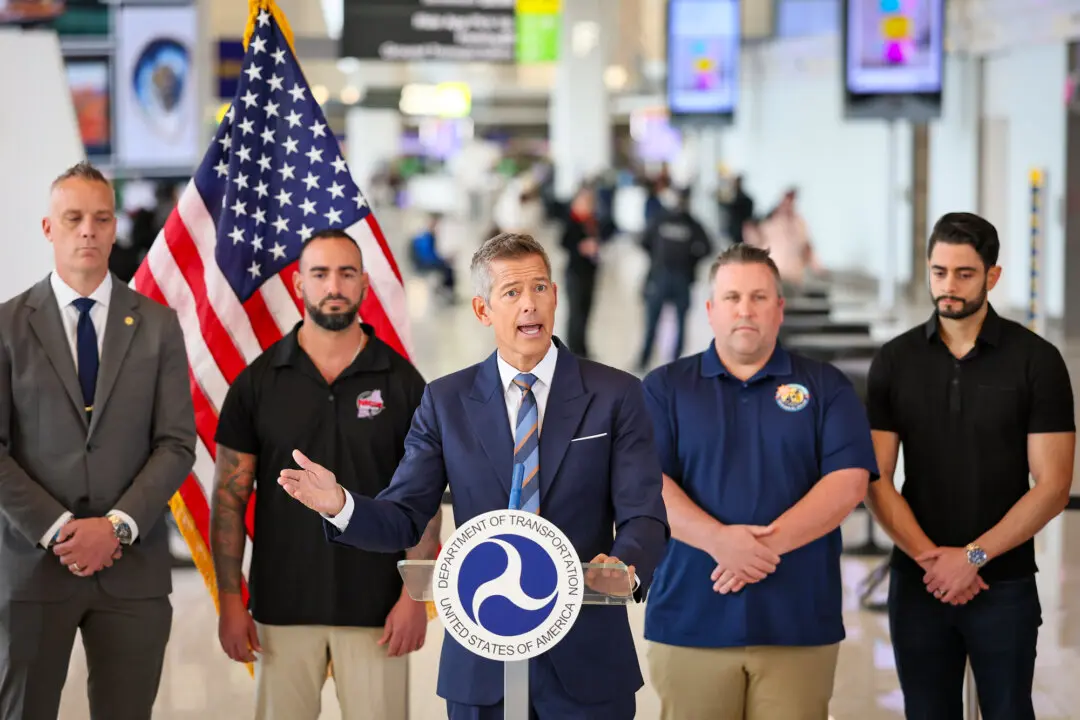Starbucks said it will continue to raise menu prices because of inflationary pressures and persistent supply chain disruptions that have resulted in manufacturers across industries being unable to receive raw materials on time.
“[We have] already taken pricing actions this fiscal year, one in October 2021 and another in January 2022. And we have additional pricing actions planned through the balance of this year, which play an important role to mitigate cost pressures, including inflation, as we position our business for the future,” CEO Kevin Johnson said on a conference call with investors Tuesday.





